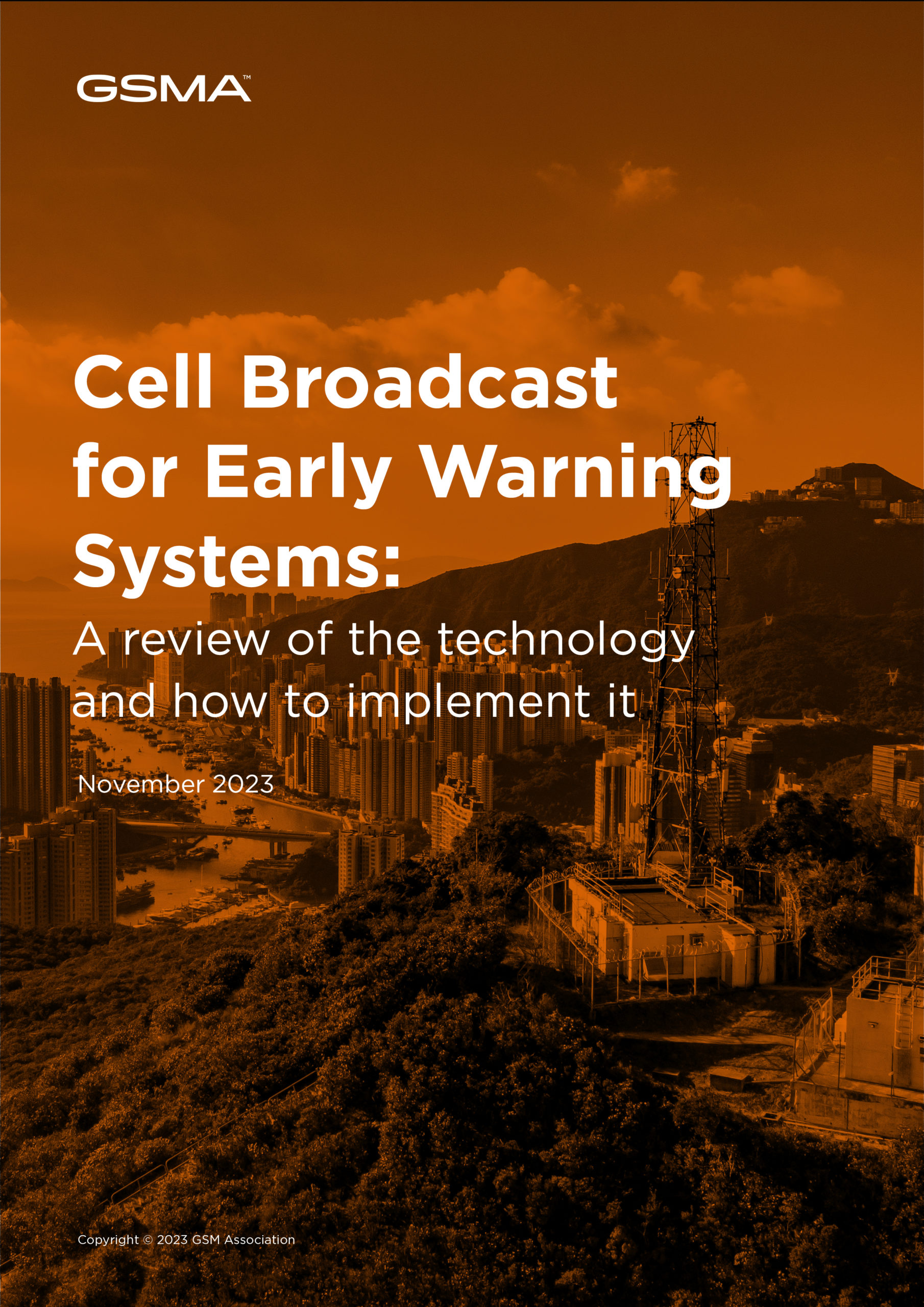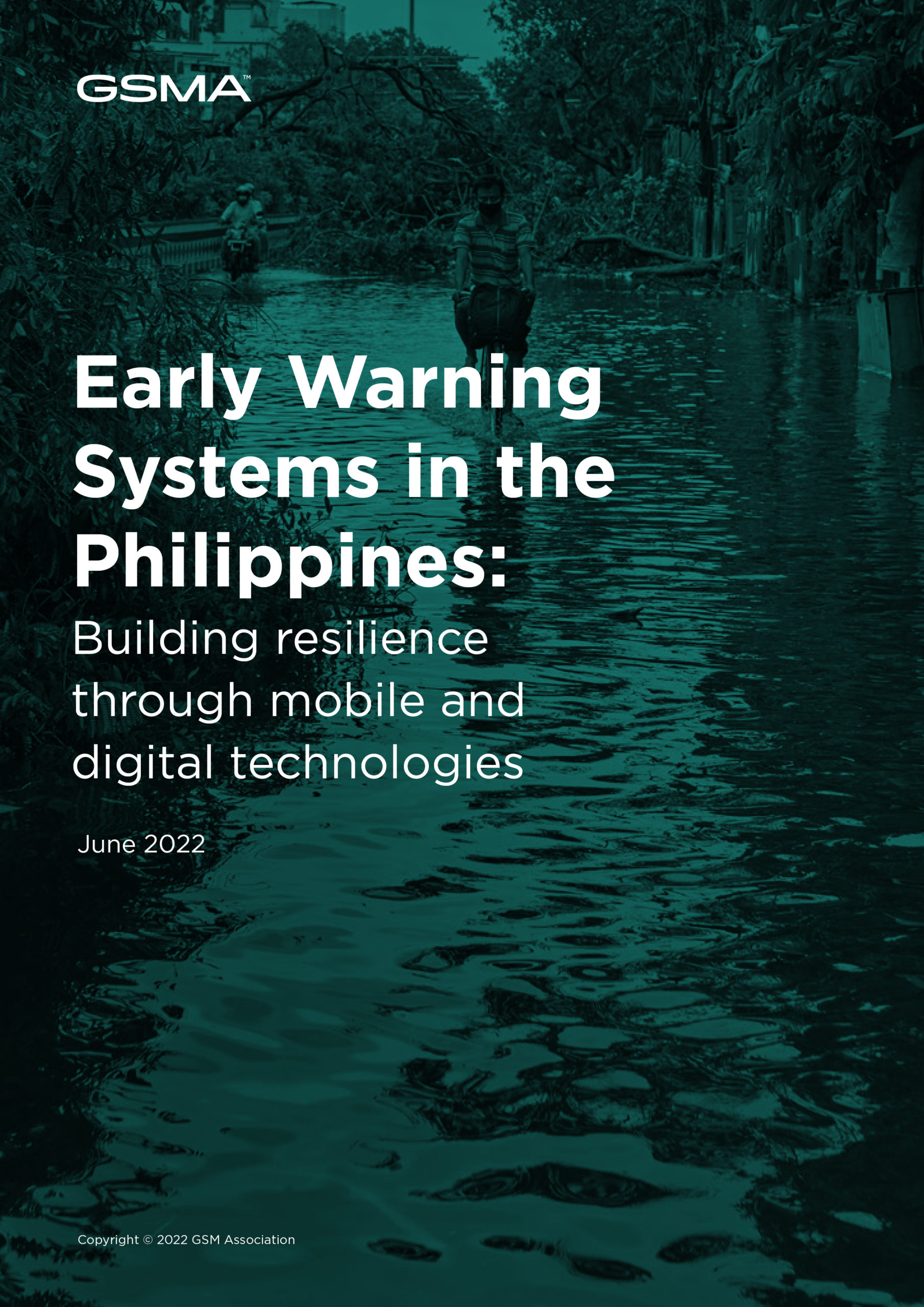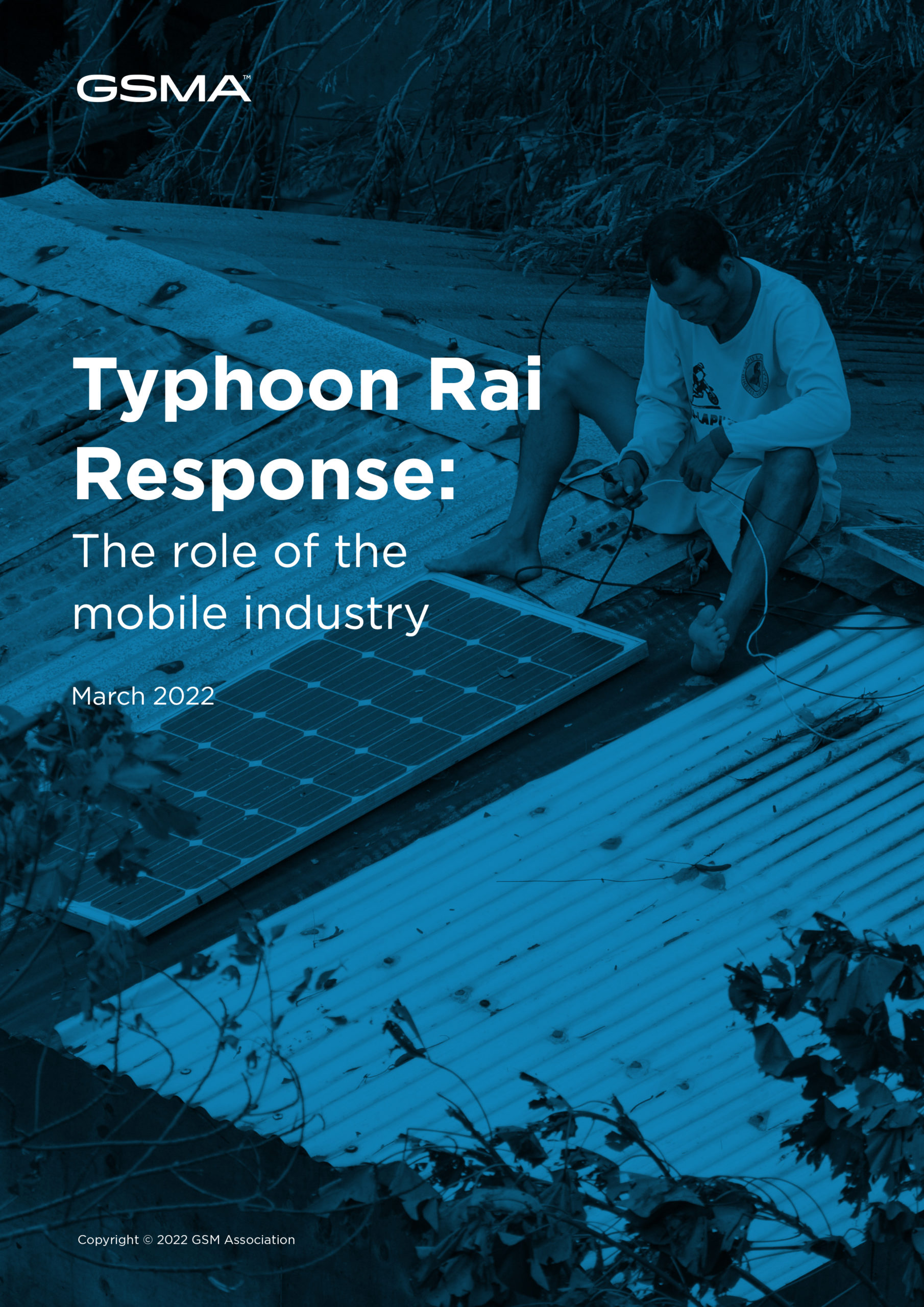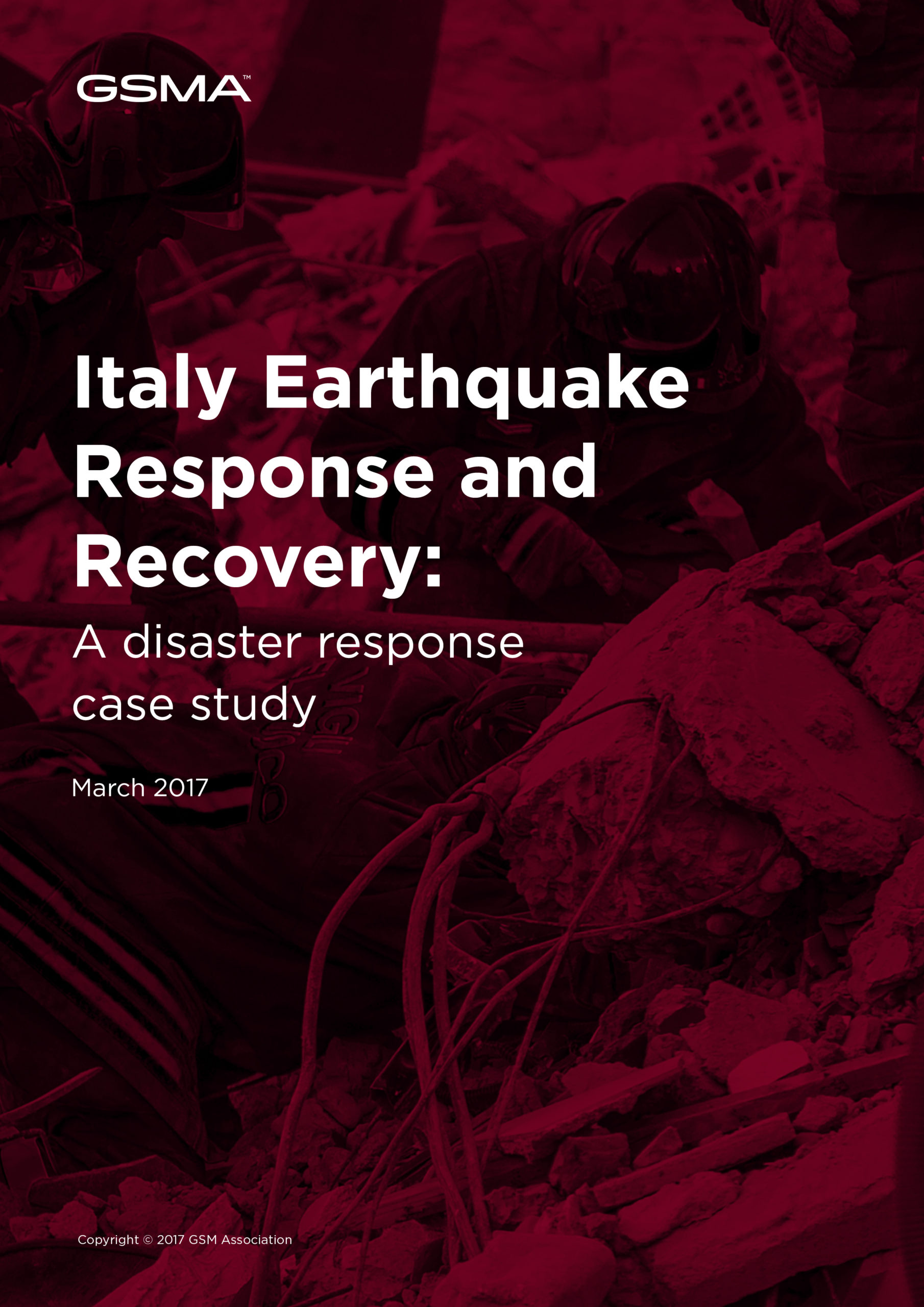THE HUMANITARIAN CONNECTIVITY CHARTER.
Supporting the mobile industry to prepare for, respond to, and recover from sudden onset emergencies.
More than a response
Since it was launched, there have been more than 160 MNO signatories of the HCC, operating in 112 countries. MNOs work to restore connectivity in times of disaster and coordinate for a better standard of preparedness and response to sudden onset emergencies.
Resilience
The HCC supports MNOs so that they can be equipped and prepared to respond to a disaster effectively and efficiently. With a resilient core structure and role understanding, MNOs can help ensure the safety of the affected population and staff in the face of disaster.
Preparedness
The HCC has a clear set of guidelines and best practices that support MNOs to prepare for each stage of an emergency. Preparedness for sudden onset emergencies ensures the functionality of vital early warning systems and network infrastructure that stays active at each stage of a disaster.
Collaboration
The HCC provides guidance on building cooperative and unified relationships with each vital party involved in disaster response. When humanitarian agencies, government bodies and MNOs have a clear understanding of their role in a disaster, it can minimise fatalities and ensure the upkeep of essential infrastructure before, during and after. Collaboration is vital for effective humanitarian response.
The HCC in action
This includes accessibility services, setting up temporary mobile networks, sharing network infrastructure and more.
Taking positive action
The mobile industry continues to use its scale and reach to positively contribute to preparedness during a disaster situation. With the humanitarian sector and other partners, the mobile industry has a crucial role to play in humanitarian response.
Get the full story
View all HCC Resources



Cell Broadcast for EWS: A review of the technology and how to implement it
This report presents the opportunities, challenges and considerations associated with cell broadcast-enabled EWS.
EWS in the Philippines: Building resilience through digital technologies
Learn about MNOs historical disasters have led to developing early warning systems (EWS) and the challenges that persist due to fragmentation, coordination issues, and limited local impact forecasting.
Typhoon Rai Response: The role of the mobile industry
Read how MNOs restored connectivity to help people communicate and coordinate relief efforts after Typhoon Rai.
Italy Earthquake Response and Recovery: A disaster response case study
Understand how Italian mobile network operators (TIM, 3 Italia, Wind3, and Vodafone) responded to earthquakes in 2016, offering insights and best practices for global MNOs to enhance emergency preparedness and ensure reliable communication to save lives.
HCC supports MNO emergency preparedness and response
The GSMA provides technical support and stakeholder coordination as part of being a HCC signatory. For more information, contact us today.

THIS INITIATIVE IS CURRENTLY FUNDED BY UK INTERNATIONAL DEVELOPMENT FROM THE UK GOVERNMENT AND IS SUPPORTED BY THE GSMA AND ITS MEMBERS. THE VIEWS EXPRESSED DO NOT NECESSARILY REFLECT THE UK GOVERNMENT’S OFFICIAL POLICIES.

